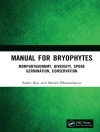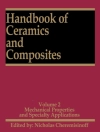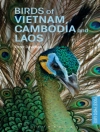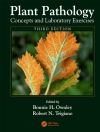Copepods are among the most abundant multi-celled organisms on Earth and can literally be found everywhere there’s (even not so much) water. This very diverse group of small (typically in the 1-10 mm range) crustaceans – known for more than two millennia – exhibit a range of free living forms, either in the open water or in various types of sediments. They are also often found as both internal and external parasites of most phyla of animals in water. Copepods also play a fundamental ecological role in the open waters of lakes, rivers, estuaries and oceans. They are the classical herbivorous link between the primary production of phytoplankton and the larvae and juveniles of fishes – hence ultimately whales and fisheries – in most pelagic ecosystems. In oligotrophic waters, copepods also play an essential role in transferring (i) the organic carbon released by phytoplankton (i.e. up to 50% of the carbon fixed through photosynthesis) and subsequently assimilated by heterotrophic bacteria, and (ii) the inorganic carbon fixed by prokaryotic and eukaryotic picoplankton (i.e. up to 70 % of the carbon fixation in oligotrophic systems) towards higher trophic levels through copepod grazing on microzooplankton (i.e. heterotrophic flagellates and ciliated protozoans).
Laurent Seuront
Copepods [PDF ebook]
Diversity, Habitat and Behavior
Copepods [PDF ebook]
Diversity, Habitat and Behavior
यह ईबुक खरीदें और 1 और मुफ़्त पाएं!
स्वरूप PDF ● पेज 305 ● ISBN 9781631178498 ● संपादक Laurent Seuront ● प्रकाशक Nova Science Publishers ● प्रकाशित 2014 ● डाउनलोड करने योग्य 3 बार ● मुद्रा EUR ● आईडी 7224420 ● कॉपी सुरक्षा Adobe DRM
एक DRM सक्षम ईबुक रीडर की आवश्यकता है












